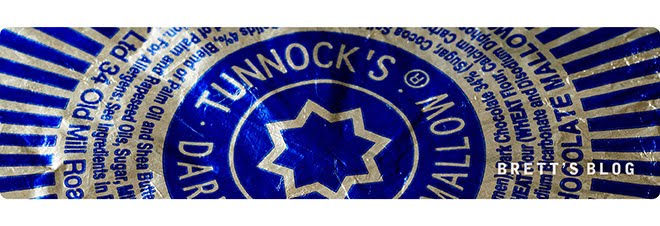Wired reports: [edited]
Quantum dot is gonna be the next big thing in TVs, bringing better image quality to cheaper sets. Quantum-dot televisions are a new type of LED-backlit LCD TV. The image is created just like it is on an LCD screen, but quantum-dot technology enhances the colour.
On an LCD TV, you have a backlight system, which is a bank of LEDs mounted at the edge of the screen or immediately behind it. That light is diffused, directed by a light-guide plate and beamed through a polarised filter. The photons then hit a layer of liquid crystals that either block the light or allow it to pass through a second polarised filter.
Before it gets to that second polariser, light passes through a layer of red, blue, and green (and sometimes yellow) colour filters. These are the subpixels. Electrical charges applied to the subpixels moderate the blend of coloured light visible on the other side. This light cocktail creates the colour value of each pixel on the screen.
In a quantum-dot set, the changes start with the colour of the backlight. The LEDs in most LCD TVs emit white light, but those in quantum-dot televisions emit blue light. Both types actually use blue LEDs, but they’re coated with yellow phosphor in normal LCD televisions and therefore emit white light.
Quantum dots have one job, and that is to emit one colour. They excel at this. When a quantum dot is struck by light, it glows with a very specific colour that can be finely tuned. When those blue LEDs shine on the quantum dots, the dots glow with the intensity of angry fireflies.
Quantum dots are tiny, and their size determines their colour. There are two sizes of dots in these TVs. The “big” ones glow red, and they have a diameter of about 50 atoms. The smaller ones, which glow green, have a diameter of about 30 atoms. There are billions of them in a quantum-dot TV.
Because that coloured light is the good stuff, quantum dots have an advantage over traditional LCD TVs when it comes to vivid hues and color gamut. In a normal LCD, white light produced by the LEDs has a wider spectrum. It’s kind of dirty, with a lot of light falling in a color range unusable by the set’s colour filters.
So with a quantum-dot set, there is very little wasted light. You can get brighter, more-saturated, and more-accurate colours. The sets I saw in person at CES 2015 certainly looked punchier than your average LCD.
------------
Subscribe to:
Post Comments (Atom)


No comments:
Post a Comment